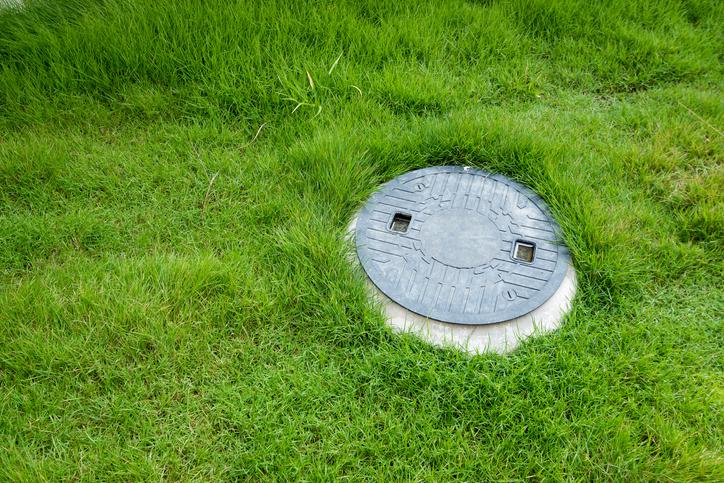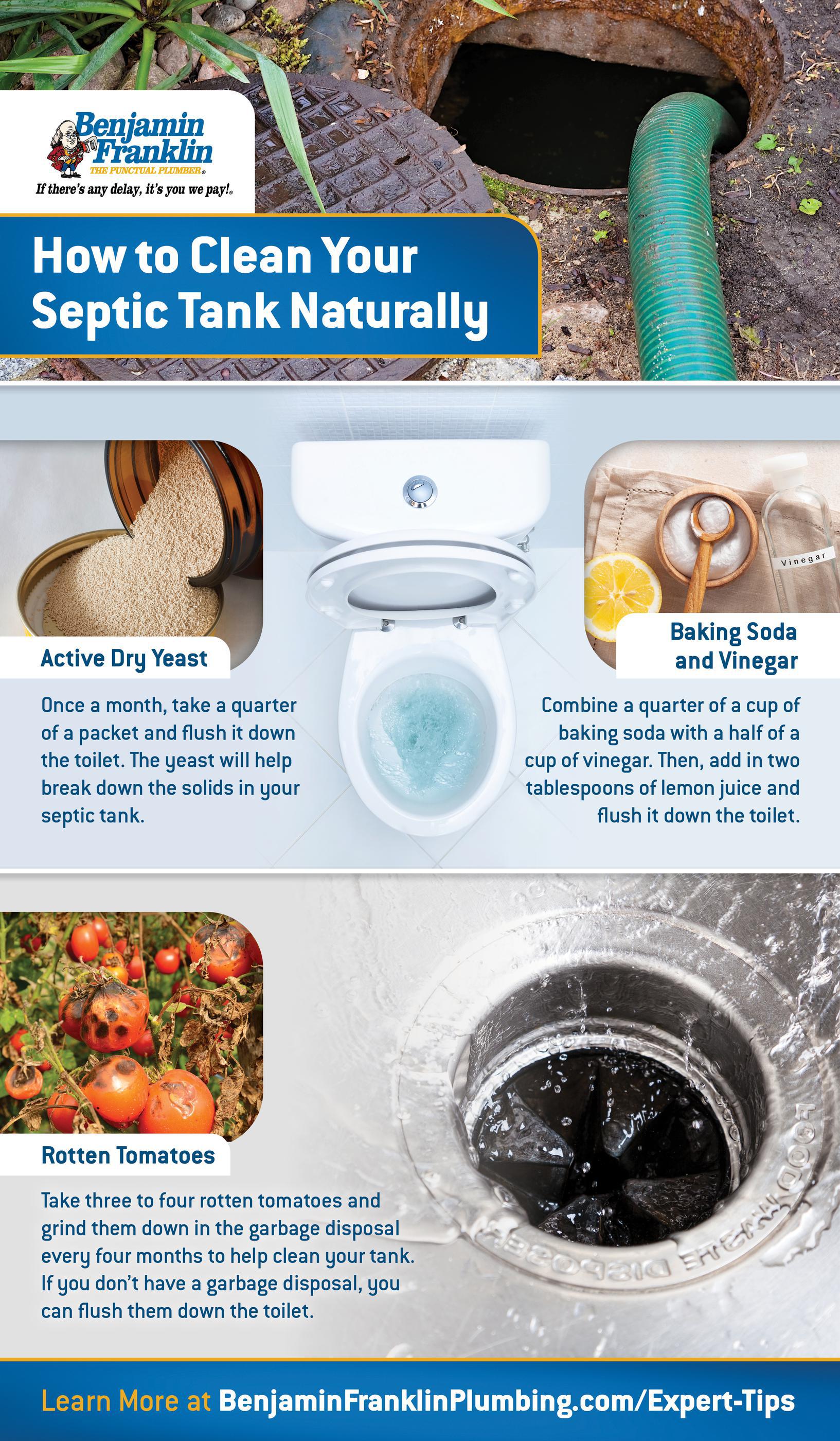
Do you have a septic system on your property? If so, you know how important it is to keep it running smoothly!
Regular maintenance of your septic system is key to avoiding a major disaster. Read on to learn how you can keep your septic system in good working order.
How do I keep my septic system healthy?
If you have a septic system, one of the main ways you can keep it healthy is by keeping a close eye on your water efficiency, according to the Environmental Protection Agency.
Basically, all of the water that ends up in your pipes winds up in your septic system. When you use less water, this improves the septic system’s operation and reduces its risk of failure.
The EPA recommends installing high-efficiency toilets, faucet aerators and showerheads, and washing machines. Look for the EPA’s WaterSense label on these appliances, which signifies that they are certified to use at least 20 percent less water and save energy.
Another thing you need to do to keep your septic system healthy is properly dispose of waste. Everything you put down your drain will wind up in your septic system. A few examples of some things you should never flush down the drain include gas, oil, lint, paint, and kitty litter (even if it says it is flushable.)
And while a kitchen garbage disposal is certainly a convenient thing to have, the EPA recommends that you limit how much you use it if you want to keep your septic system working well. This will cut down how much fats, grease, and other solids that get into your septic tank and clog the drainfield.
On that note, maintaining your drainfield, which removes all the contaminants from the liquid that goes into the septic tank, is a must. Don’t park or drive on your drainfield. Avoid planting trees too close to it -- you don’t want roots to grow into your septic system. You should also keep any rainwater drainage systems, such as sump pumps, away from the drainfield. Too much water can interfere with the wastewater treatment process.
How much does it cost to have your septic tank pumped?
The typical septic tank needs to be pumped every three to five years, and there are a few signs that your septic tank is full that you should be aware of.
If your tank is due for a pump, you’re looking at paying roughly $300 to $600. But there are a few factors that come into play when considering how much your bill will be, including how big your house is, how long it has been since you last pumped your septic tank, and where your tank is located.
How do I clean my septic tank naturally?
You can keep your septic tank clean naturally with items you probably have in your kitchen.
Active dry yeast is one ingredient you can use. Once a month, take a quarter of a packet and flush it down the toilet. The yeast will help produce the good bacteria that breaks down the solids in your septic tank.
Another effective, yet all natural, septic tank cleaner is baking soda combined with vinegar. Combine a quarter of a cup of baking soda with a half a cup of vinegar, plus add in two tablespoons of lemon juice, and flush it.
We also recommend crushing up rotten tomatoes, which also encourage good bacteria to flourish. You can take three to four rotten tomatoes and grind them down in the garbage disposal every four months to help clean your tank. If you don’t have a garbage disposal, you can flush them down the toilet.
If you need help caring for your septic system, and aren’t sure where to begin, give us a call. We’ll take a look and recommend any next steps. Contact us today or call 1-877-BEN-1776.

